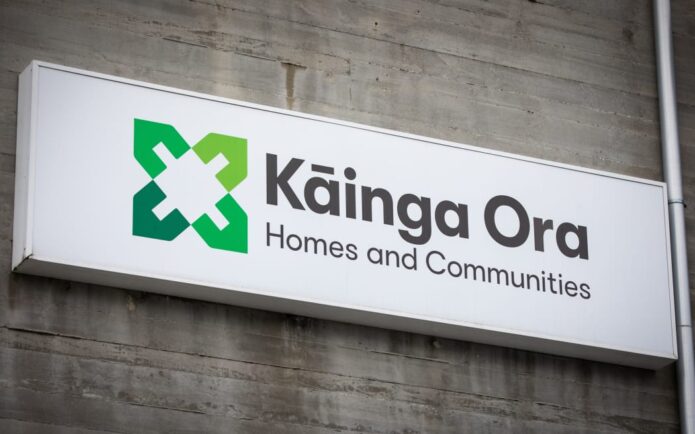PHOTO: ASB. FILE
According to STUFF ASB’s economists have increased their forecast for house price falls.

They say they now expect the drop in prices, from peak to trough, to hit 15%, rather than the 12% they previously expected.
Adjusted for inflation, that is a fall of 24%.
In September, the Real Estate Institute’s house price index dropped 1.5%, month-on-month.
ASB’s economists said that was the latest in a “remarkably uniform” series of falls since the peak in late 2021.
“Prices have fallen around 1% to 1.5% almost every month for the past nine months. Those gradual falls contrast dramatically with the speed and magnitude of the previous boom – indeed prices are still up nearly 30% on where they were at the beginning of 2020.”
They said the main activity measures were not yet pointing to a change in the housing market, and did not expect to see a trough until the first half of 2023, when the cycle would begin again.

“Last month’s tentative lift in sales activity proved short lived, with September volumes falling 7.2% month-on-month on a seasonally adjusted basis. Excluding 2020’s lockdown, that takes sales to their lowest level since 2010.”
Their previous prediction of a 12% drop, or 20% when adjusted for inflation, was the biggest drop since the 1970s, in real terms.
But the economists said even a fall of 15% was a “relatively orderly” decline and would leave prices higher than they were at the start of 2020.
“We’d add the caveat though that prices have already fallen more sharply than some of the typical indicators of housing market activity and tightness would suggest, so we need to be mindful of the uncertainty to come. Broader structural factors underpinning the market don’t show much sign of a rapid turnaround either.
“We continue to expect low levels of net migration over the coming years, with the housing shortage much less acute than it once was. We also expect the recent easing in credit conditions to prove short-lived, with mortgage rates set to head higher once again and higher bank stress-testing thresholds unlikely to help.”















